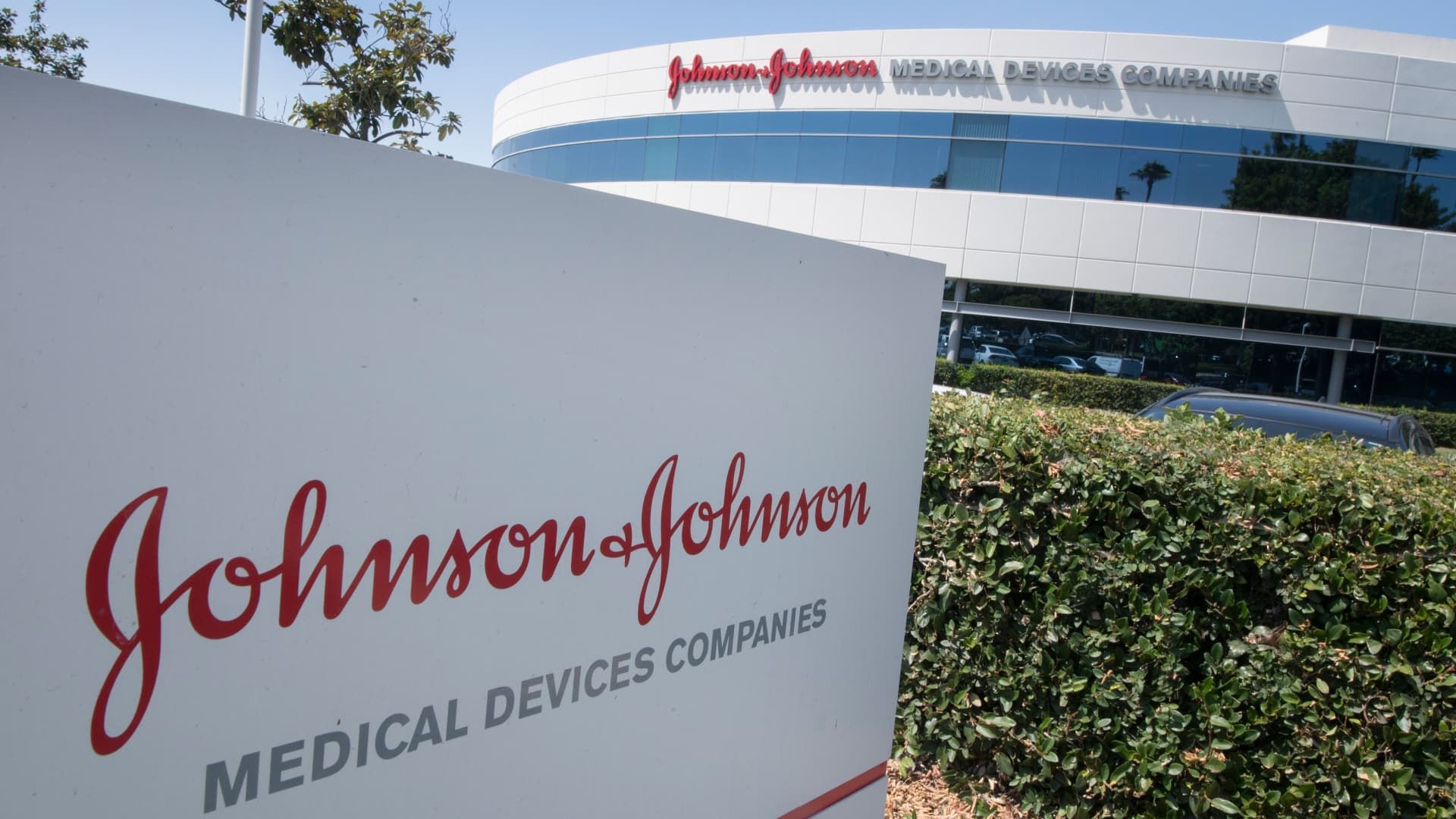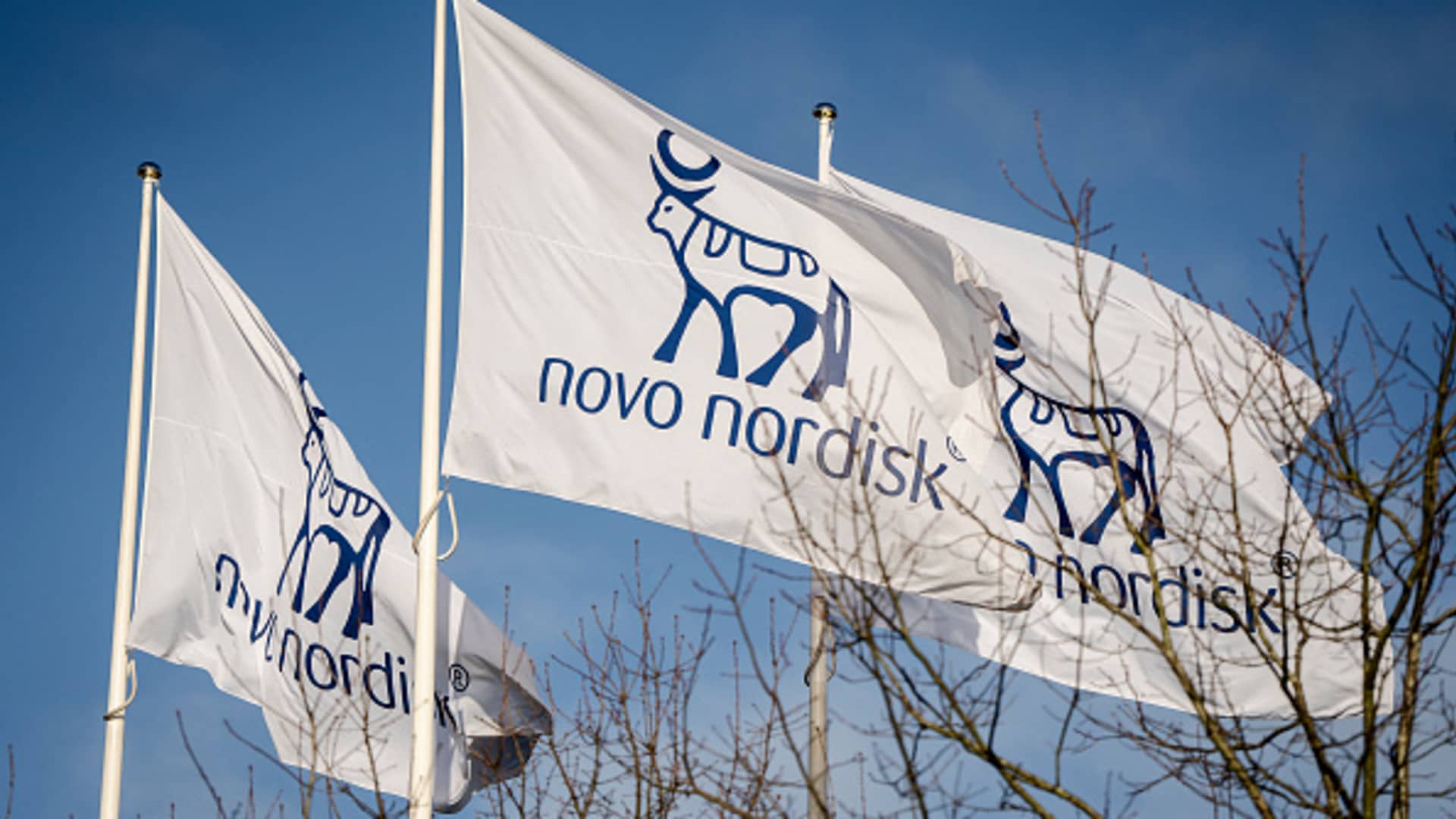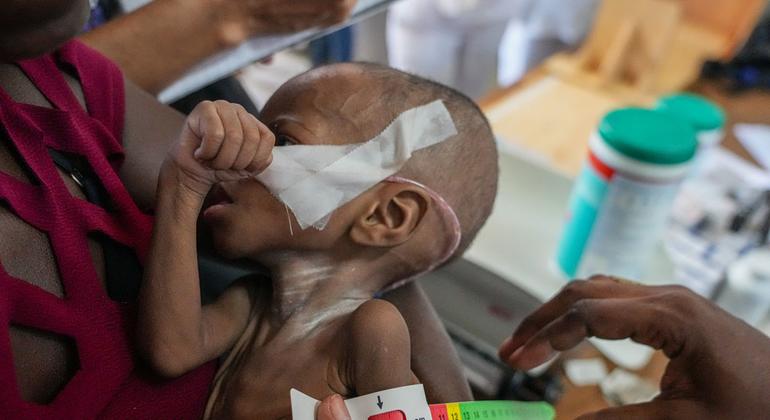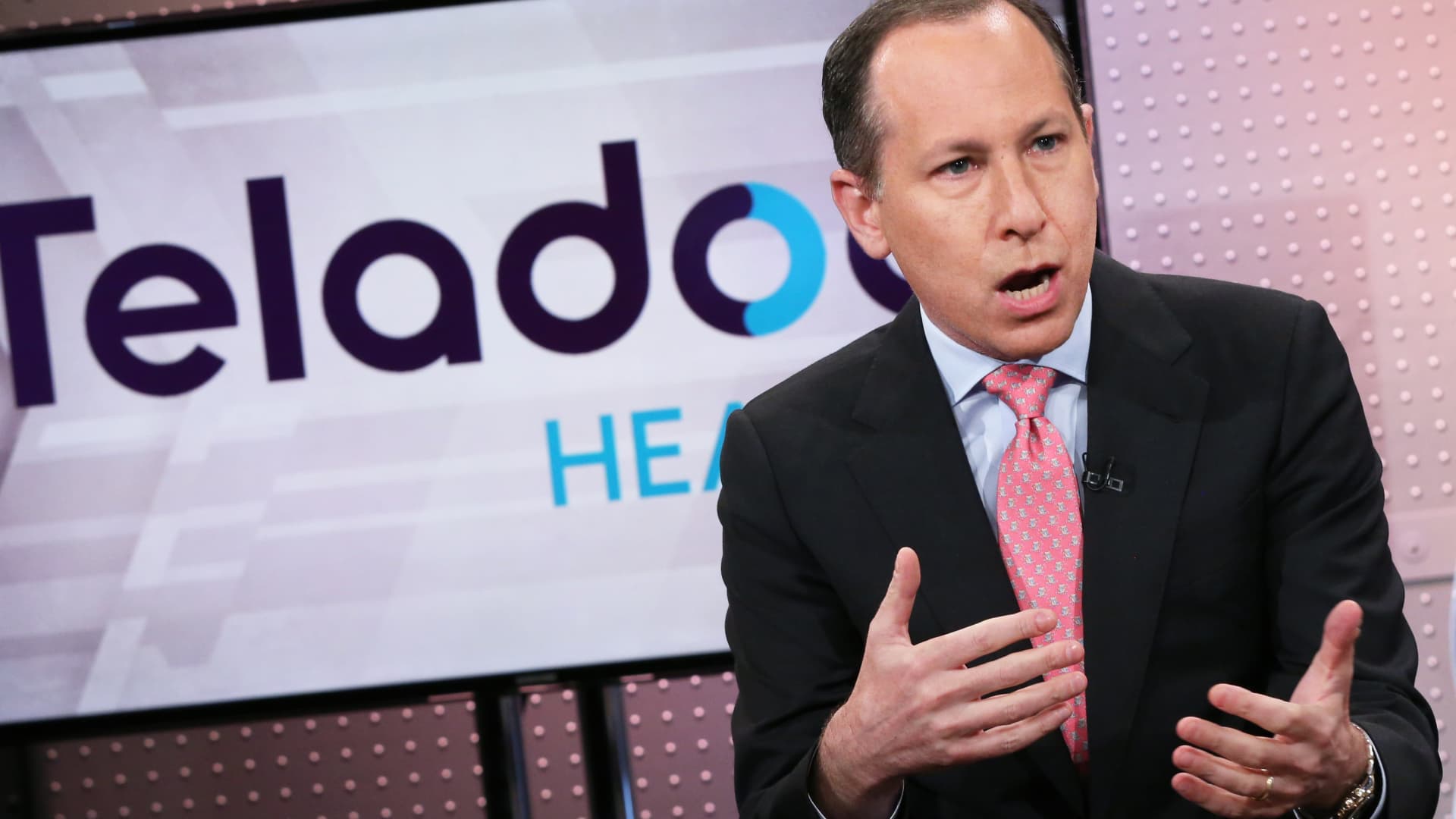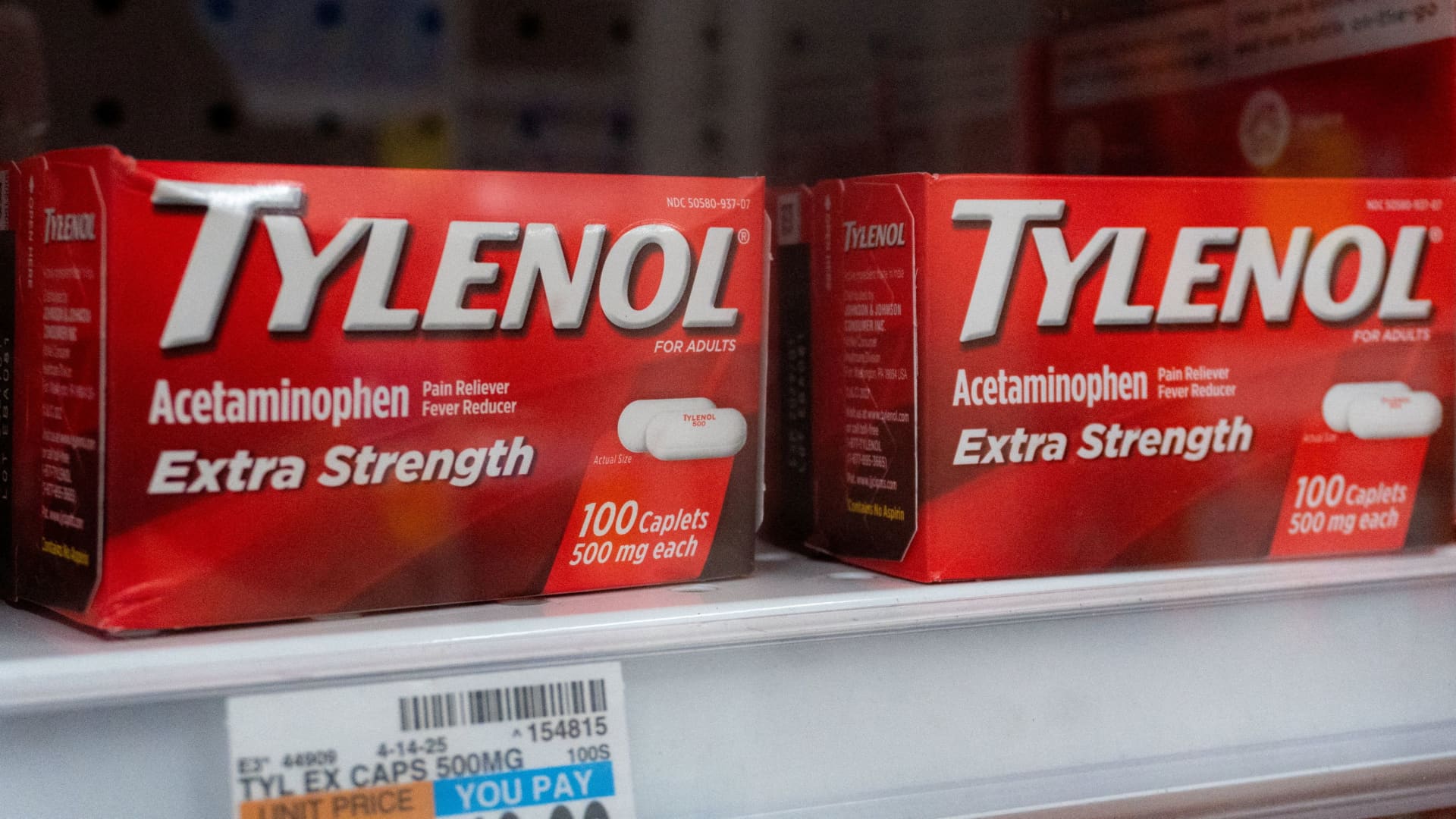An entrance sign to the Johnson & Johnson campus displays its logo in Irvine, California, on August 28, 2019.
Marcos Ralston | AFP | fake images
Johnson and Johnson On Tuesday it reported adjusted first-quarter earnings that beat Wall Street expectations as sales in its medical device business rose.
Meanwhile, the company's total revenue during the period was largely in line with estimates.
J&J's medical technology division offers devices for surgery, orthopedics and vision. The company is benefiting from an uptick in demand for non-urgent surgeries among older adults, who put off those procedures during the Covid pandemic. This increase in demand has been observed by health insurers such as human, UnitedHealth Group and Elevation Health.
Here's what J&J reported for the first quarter compared to what Wall Street expected, according to a survey of analysts by LSEG:
- Earnings per share: Adjusted $2.71 vs. expected $2.64
- Revenue: $21.38 billion vs. $21.4 billion expected
J&J's financial results are considered a benchmark for the healthcare sector in general.
The company reported $21.38 billion in total sales for the first three months of 2024, up more than 2% from the same quarter in 2023.
The pharmaceutical giant posted net income of $5.35 billion, or $2.20 per share, during the quarter. That compares with a net loss of $491 million, or 19 cents per share, in the same period a year earlier. At the time, J&J recorded costs tied to its baby powder liabilities and the spinoff of its consumer health unit. Kenvue.
Excluding certain items for the first quarter of 2024, adjusted earnings per share were $2.71.
J&J also lowered its full-year guidance. The company now expects sales of between $88 billion and $88.4 billion. That compares with a previous forecast of between $87.8 billion and $88.6 billion.
J&J expects adjusted earnings of $10.57 to $10.72 per share. That compares with previous guidance of $10.55 to $10.75 per share.
Separately, on Tuesday, J&J said it will increase its quarterly dividend to $1.24 per share, up 4.2% from $1.19 per share. This marks the company's 62nd consecutive year of dividend increases, he said. The dividend will be paid on June 4.
medical device unit
The results come weeks after J&J's massive $13.1 billion acquisition of the cardiac device company. medical shock wave – part of its push into the cardiovascular space. Both companies have said the deal will make J&J a leader in four fast-growing cardiovascular technology categories.
J&J has snapped up two other heart device companies in the past two years, spending $16.6 billion to buy Abiomed and $400 million to acquire privately held Laminar.
Those deals also aim to strengthen J&J's medical device business following the company's separation from its consumer health unit. Kenvue last year.
J&J's medical device business generated sales of $7.82 billion during the first quarter, a year-over-year increase of more than 4%. Wall Street was expecting revenue of $7.87 billion, according to estimates compiled by StreetAccount.
J&J said its acquisition of Abiomed drove the year-over-year increase. Growth also came from electrophysiology products, which evaluate the heart's electrical system and help doctors understand the cause of abnormal heart rhythms, according to J&J.
Products and devices for closing wounds due to orthopedic trauma, or serious injuries to the skeletal or muscular system, in addition to contact lenses, were contributed.
Other segments
Meanwhile, J&J reported $13.56 billion in pharmaceutical sales, up about 1% year-over-year. Excluding sales of its unpopular Covid vaccine, the pharmaceutical division's revenue grew almost 7%.
It was the fourth quarter without U.S. sales for J&J's Covid vaccine, which generated $25 million in international revenue.
According to StreetAccount, analysts were expecting sales of $13.5 billion for the enterprise segment. The business, also known as “Innovative Medicine”, focuses on the development of medicines for different disease areas.
The company said the growth was driven by sales of Darzalex, a biologic for the treatment of multiple myeloma, and Erleada, a treatment for prostate cancer. J&J's Carvykti, a cell therapy approved for certain blood cancers, and other oncology treatments also contributed to the increase.
But first-quarter sales of the company's blockbuster drug Stelara, which is used to treat several chronic and potentially disabling diseases such as Crohn's disease, were relatively stable from the same period a year earlier.
Stelara generated $2.45 billion in sales during the quarter. Wall Street expected revenue of $2.61 billion.
J&J began losing patent protection for Stelara late last year, opening the door for cheaper biosimilar competitors to enter the market. But the company has signed conciliation agreements with amgen and other drugmakers to delay the launch of some Stelara imitations until 2025.
Talc liabilities
J&J's first-quarter results come amid investor anxiety over tens of thousands of lawsuits claiming the company's talc-based products were contaminated with the carcinogen asbestos and caused ovarian cancer and several deaths. .
Those products, which include J&J's namesake baby powder, are now owned by Kenvue. But J&J will assume all talc-related liabilities arising in the United States and Canada.
In January, J&J said it had reached a tentative agreement to resolve an investigation conducted in more than 40 states into allegations that the company misled patients about the safety of its talc-based products. The company will pay $700 million to resolve the investigation, its chief financial officer, Joseph Wolk, told The Wall Street Journal at the time.
Last year, J&J set aside about $400 million to settle U.S. state consumer protection claims.
Notably, the settlement does not resolve the lawsuits, some of which are scheduled to go to trial this year.
J&J will hold an earnings conference call with investors at 8:30 a.m. ET on Tuesday.

